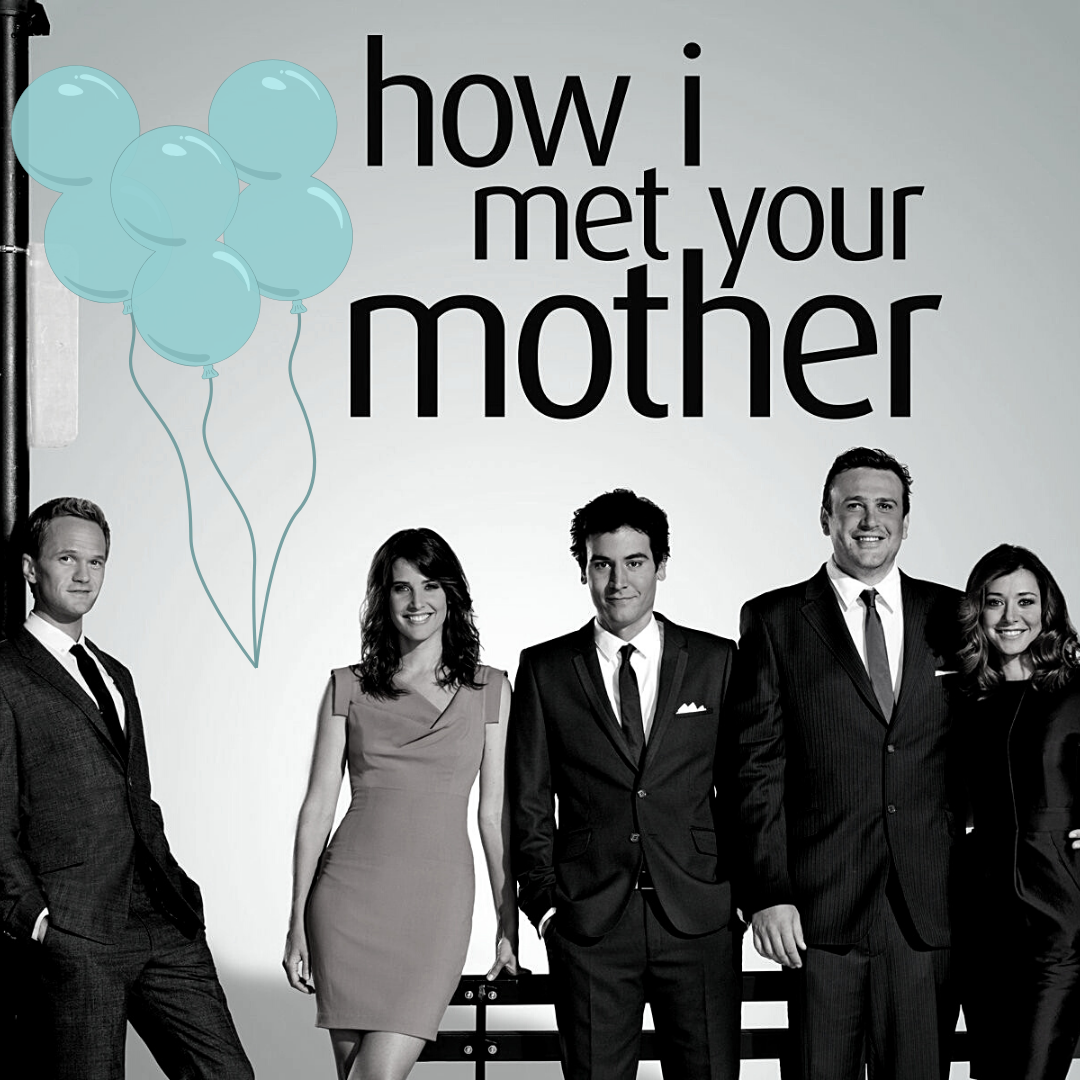My husband and I recently finished a re-watch of How I Met Your Mother. He’d never seen past about season 5 and approached it with a blank slate while I, having watched it in real time on network TV the first time around, spent most of the last half of the series bracing for the basket of emotions, from “awwwww” to rage that the last few episodes would rekindle. (That said, there will be no major spoilers in this post.) Say what you will about season 9 of HIMYM and Ted’s philosophies toward dating, but around two thirds of the way through the season, the writers did something unexpected and useful: they gave us a perfect crash course in how to develop a character’s backstory.
Let me explain.
When we talk about developing characters, it’s easy to get sucked into imagining every single detail about a character’s life — from the day she was born to her entire family dynamic to her first day of school to that nightmare she had when she was twelve, etc. While some of that may be useful, a lot of it, frankly, is simply a highly tempting procrastination strategy (one I fall into frequently).
What you really need to know about your protagonist are the answers to these three questions:
1. What is her stated objective?
2. What is the limiting belief that’s stopping her from achieving her goal?
3. How did she develop that limiting belief?
These three questions are required to create a complex character. The rest, in broad strokes, is color.
So let’s look at these three questions in terms of How I Met Your Mother. Ted’s stated objective is to find the woman of his dreams — the woman he’s going to marry. His primary limiting belief is that, from the very beginning, a relationship is all or nothing. He always feels like he needs to get in too deep, too fast. From telling Robin he loves her on the first date to wearing the same Halloween costume several years in a row so Katie Holmes will recognize him to changing his entire personality for every woman he dates, Ted’s M.O. — at least with women he thinks might be “the one” — is to go all in quickly and then hold on tight.
That just leaves the last question: how did Ted develop that limiting belief? Or, why is he the way he is? And that brings us to season 9, episode 17, “Sunrise,” in which Future Ted tells his kids a story about a balloon someone gave him when he was seven years old.
“It was the classic story,” he says. “Boy meets balloon, boy and balloon become friends, boy loses balloon when mom sets out hot dogs in the back yard.” (All this, of course, accompanied by a montage of little Ted carrying his balloon friend around, playing games with it, talking to it, and then being devastated when he accidentally lets it go. The lesson young Ted learns? “If you love something, you can never let it go, not even for a second, or it’s gone forever. […] It was a lesson that took me nearly thirty years to unlearn.”
It’s meant to be humorous — to poke fun at Ted for all the goofy things he’s done in the name of love and Robin — but this is exactly the kind of psychiatry work every author should be doing for her key characters. Once you’ve identified your protagonist’s limiting belief, pinpoint the moment in her life when that belief was planted, along with one or two moments that reinforced the belief, and write those scenes. Will they all end up in your book? Not necessarily, though they might. But they will lay the foundation for every decision your protagonist makes as she works toward her goal — at least, until the moment when she breaks through the limiting belief and finally starts to move forward in her journey.
Comment below or drop me a note to tell me what limiting beliefs your characters are overcoming – or how you felt about the ending of HIMYM. I’d love to discuss either!
P.S. If you’re looking for more character development insights, check out my workbook, The Indie Author’s Guide to Creating Captivating Characters.

